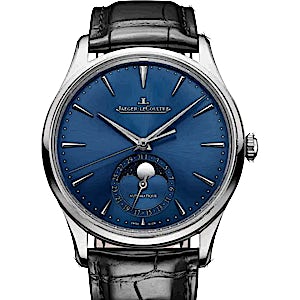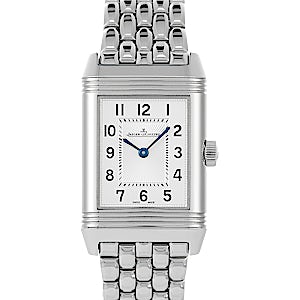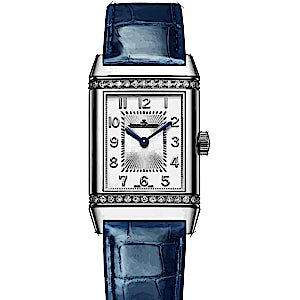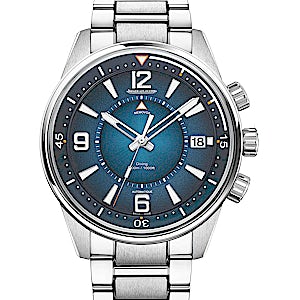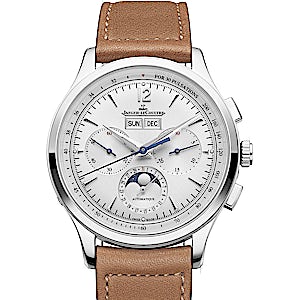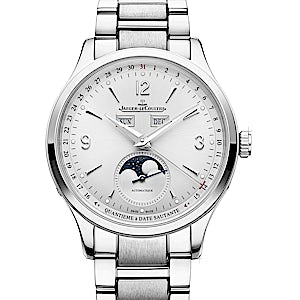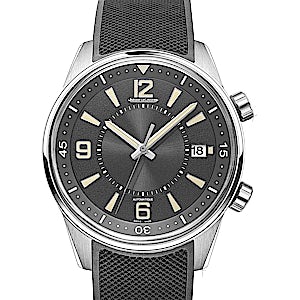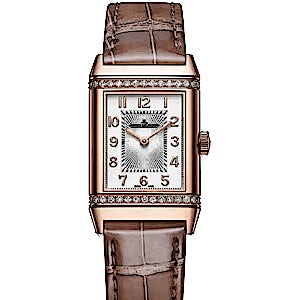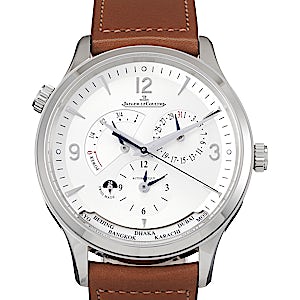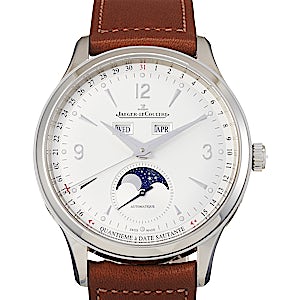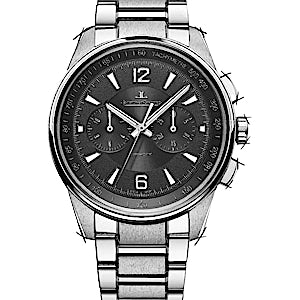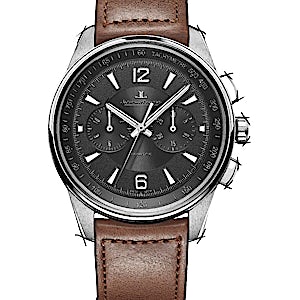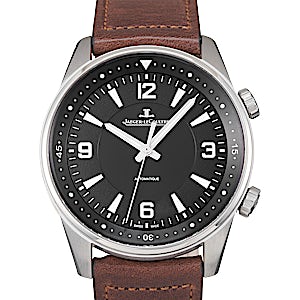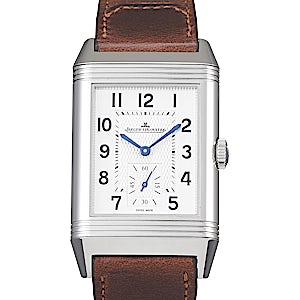Watchmaking since 1833
The renowned Swiss Vallée de Joux is known around the globe for the excellent watches produced in the region. A large part of that recognition can be attributed to Jaeger-LeCoultre. The founder of the company, Antoine LeCoultre, opened up his first workshop in the Vallée de Joux in 1833.
The talented watchmaker loved his profession and placed a particular emphasis on the quality of his movements – a characteristic element of Jaeger-LeCoultre that stands strong to this day. The watchmaker has made great progress with precise measurements. In 1844, he invented the Mollionmeter – the first measuring device that allowed for measurements up to a thousandth of a millimetre. In 1847, he once again demonstrated his pioneering spirit when he invented the keyless watch. The revolutionary system allowed for watches to be wound without a key. Instead, a pushbutton was used to activate a lever that changed over from one function to the other. Prior to this invention, a separate key was used to wind watches. Today, however, the invention of LeCoultre can be found in almost all mechanical watches. During the first 1851 world Exhibition in London, Jaeger-LeCoultre was awarded a gold medal for his numerous inventions.
In 1866, Antoine LeCoultre and his son Ellie decided to open up the first Manufacture in the Joux Valley and became one of the main suppliers of Swiss watch manufacturers – they were named LeCoultre & Cie. Together, they continued to create calibres with complications that were incomparable in terms of their accuracy and dependability. Regardless of difficulty, LeCoultre & Cie developed everything from chronographs, alarms, calendars, and tourbillon mechanisms.
